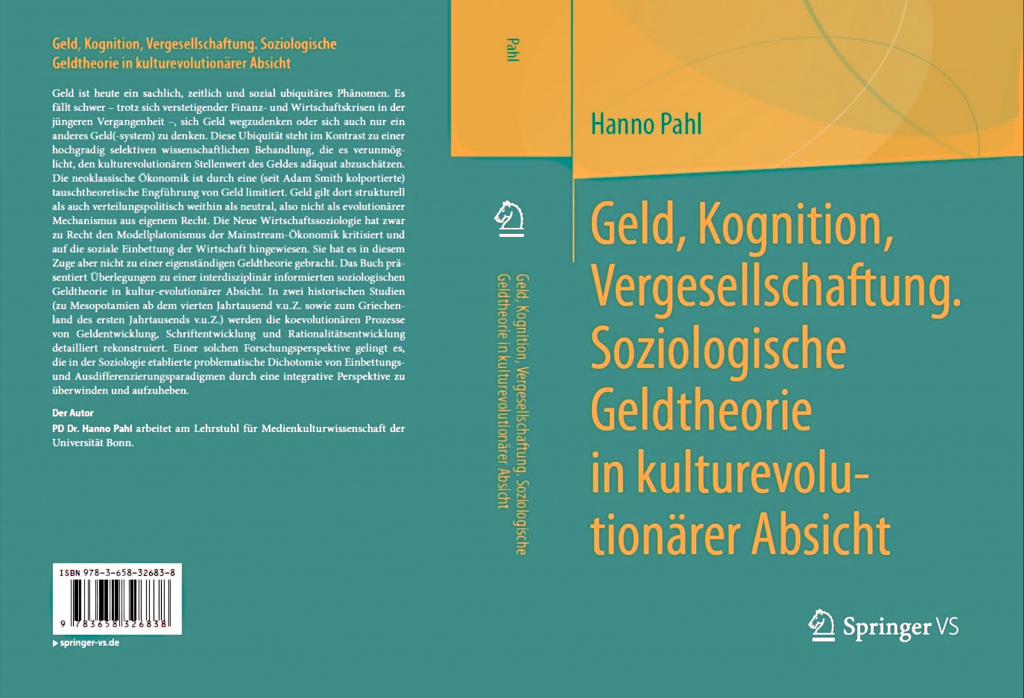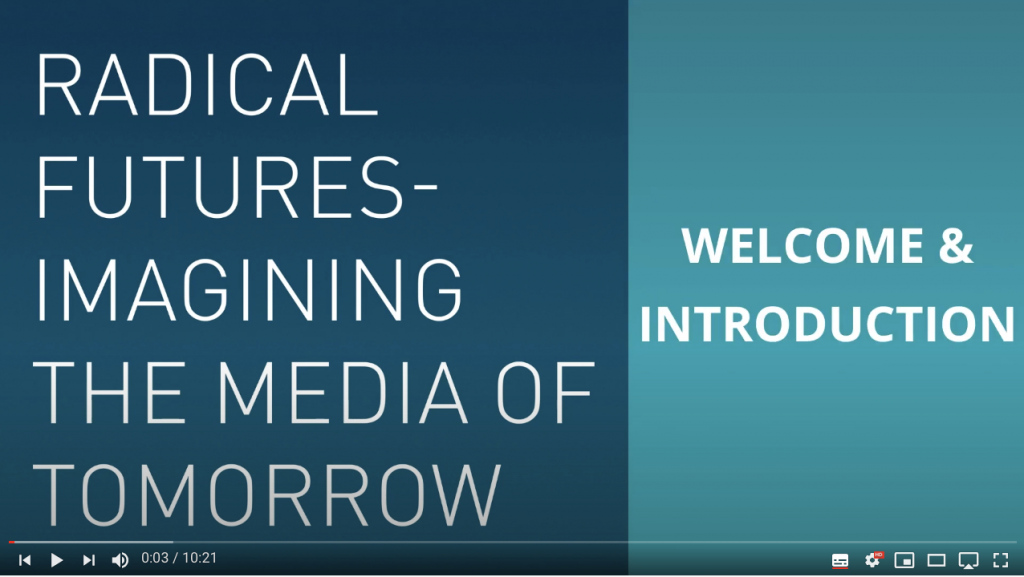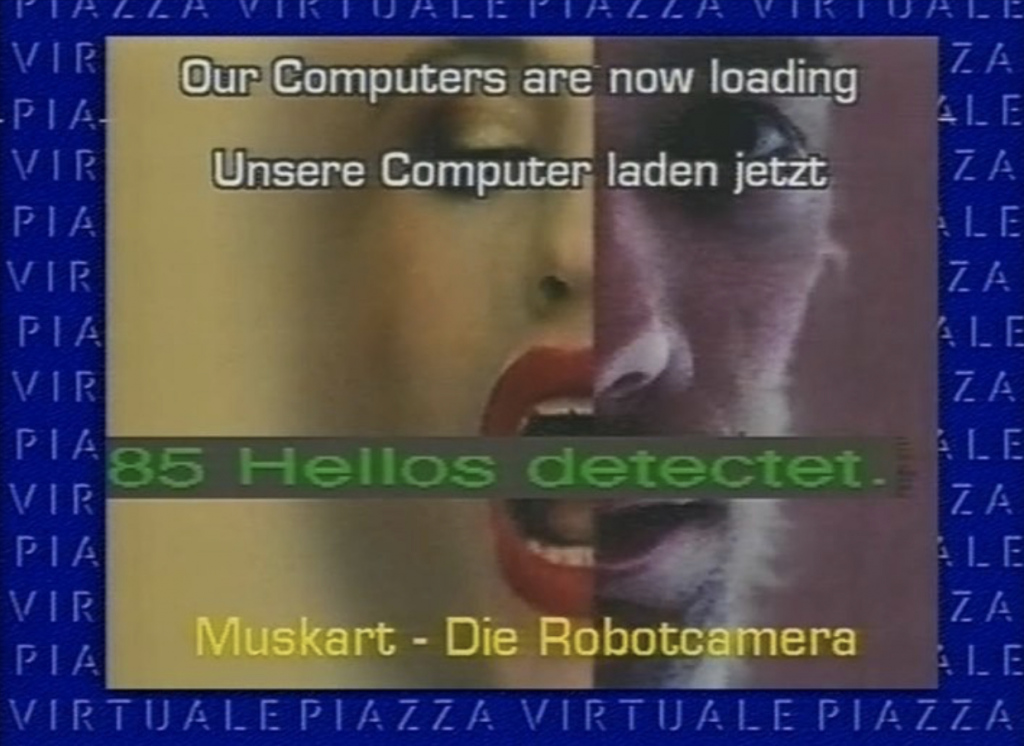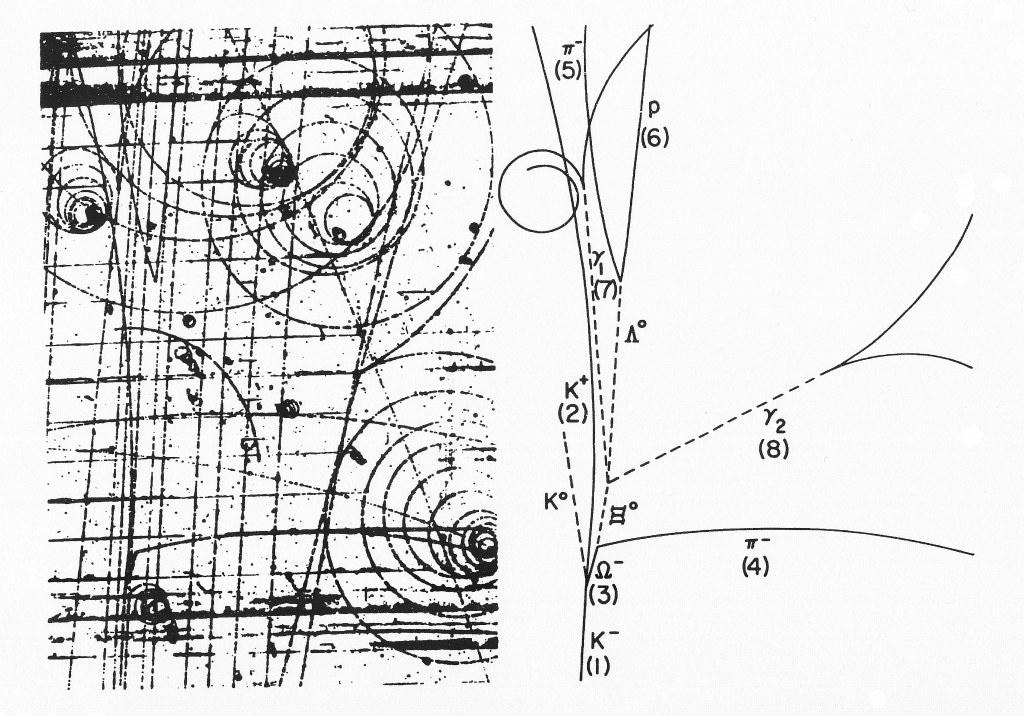
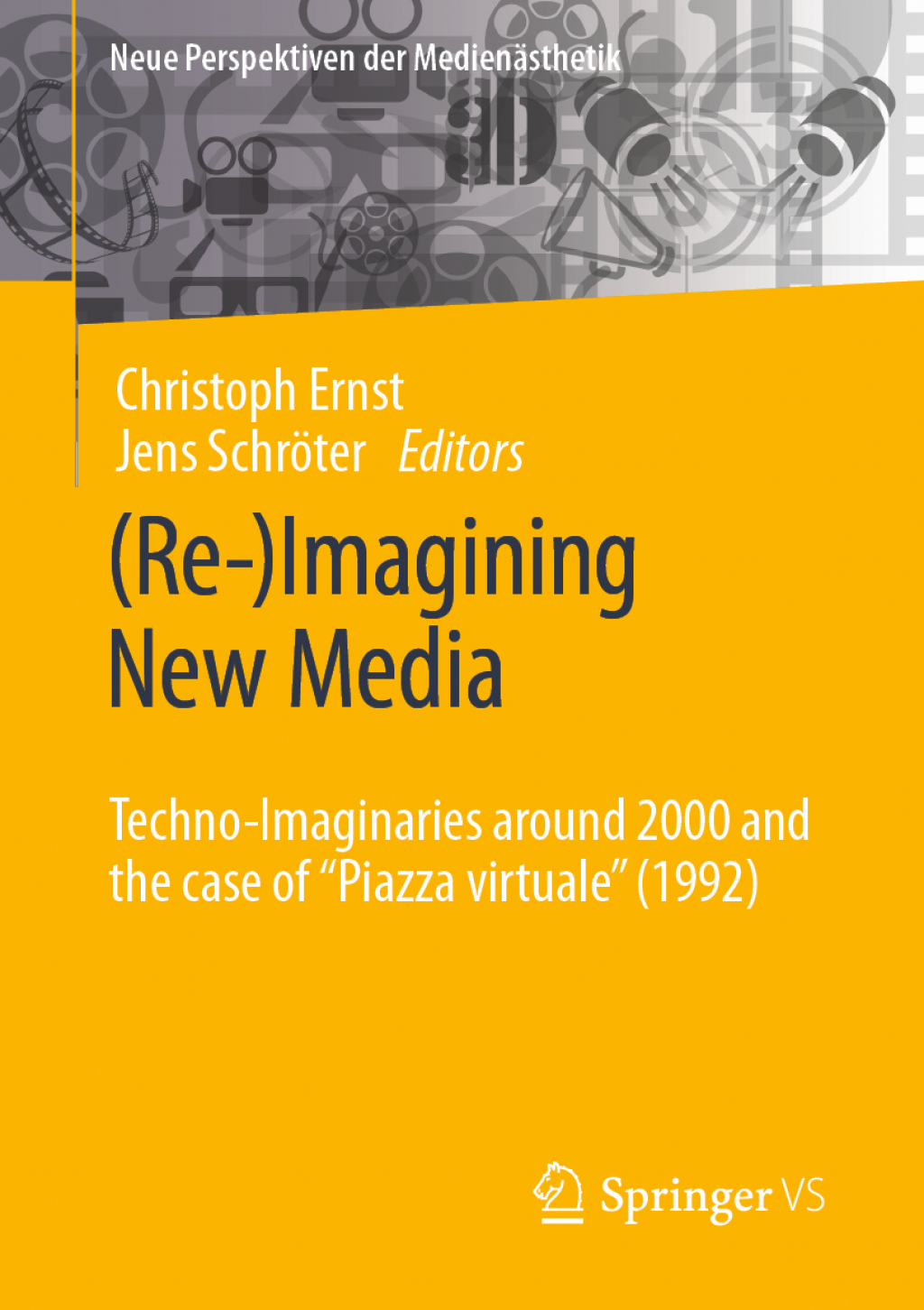
OUT NOW!
(Re-)Imagining New Media Techno-Imaginaries around 2000 and the case of
The late 1980s and early 1990s were a time of great importance in media history. The potential of networked computers in transforming society became clearer but it was still an open question, in which directions the development would go. This lead to various imaginaries about possible the futures of so-called ‚new media‘. The contributions of the book discuss these imaginaries and provide valuable insights into their media historical context. To illustrate how processes of imagining new media at the time worked, the book also features articles on the interactive television project Piazza virtuale from 1992 by the media artist-group Van Gogh-TV. Piazza virtuale aimed to dissolve the boundaries between the public sphere and a ‘new’ experience of using television based on telepresence and interaction. Today more or less forgotten, Piazza virtuale thus became an early realization of the idea of a new interactive and networked communication medium in that time period.
USPs
· The book addresses the intensively debated topic of imagination and sociotechnical imaginaries in relation the discourses on ‘New Media’.
· An important contribution to the history and theory of media art and of the prehistory of digital culture.
· First anthology on the Piazza virtuale-project by Van Gogh TV (1992).
· Contains exclusive Interview with Van Gogh TV.
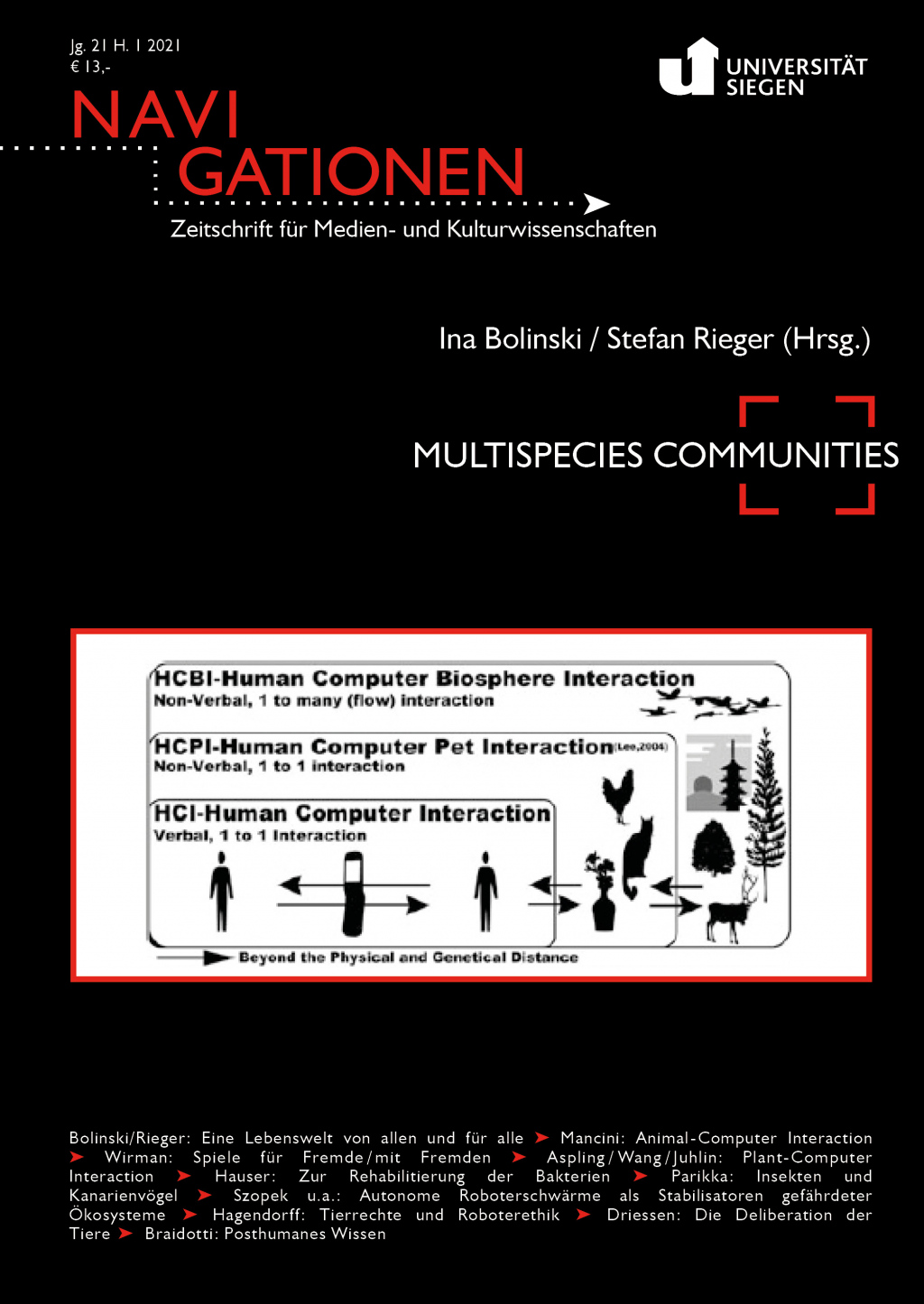
JETZT ERSCHIENEN!
Navigationen 1/21 zu »Multispecies Communities«
Die ab Heft 1/2015 von Prof. Dr. Jens Schröter als Hauptherausgeber zusammen mit dem Graduiertenkolleg »Locating Media« (Universität Siegen) und Prof. Dr. Benjamin Beil (Universität zu Köln) herausgegebene kultur- und medienwissenschaftliche Zeitschrift »Navigationen« widmet sich in ihrer aktuellen Ausgabe (1/2021) dem Thema »Multispecies Communities«.
Multispecies Communities sind nicht mehr alleine auf den Menschen fixiert und bringen andere Akteure ins Spiel. Damit ergeben sich neue Formen der Kommunikationen und Kollaborationen, der Verantwortlichkeiten und der Rücksichtnahmen (awareness), der Vergemeinschaftungen und der Teilhaben: Diese finden statt zwischen Menschen und Tieren, Pflanzen und Algorithmen, Artefakten und Biofakten, Maschinen und Medien; zwischen den Sphären von belebt und unbelebt, real und virtuell, unberührt und augmentiert. Der Umgang mit Technik ist längst kein menschliches Privileg mehr, wie die Ausdifferenzierungen von Human-Computer Interaction (HCI) in Animal-Computer Interaction (ACI) oder Plant-Computer Interaction (PCI) verdeutlichen. Diese Ausdifferenzierungen finden ihren Niederschlag ebenso in den verschiedenen Disziplinen der Wissenschaft und in der Kunst sowie in gesellschaftlichen, sozialen, ethischen und politischen Aushandlungen des gemeinsamen Miteinanders. In dieser Ausgabe sind für diesen Diskussionszusammenhang relevante programmatische Texte versammelt und erstmals für den deutschsprachigen Raum zugänglich gemacht.
Multispecies communities are no longer focused on humans alone and bring other actors into play. This results in new forms of communication and collaboration, of responsibilities and awareness, of communalisation and participation: These take place between humans and animals, plants and algorithms, artefacts and biofacts, machines and media; between the spheres of animate and inanimate, real and virtual, untouched and augmented. Dealing with technology is no longer a human privilege, as the differentiations from Human-Computer Interaction (HCI) into Animal-Computer Interaction (ACI) or Plant-Computer Interaction (PCI) exemplify. These differentiations are also reflected in the various disciplines of science and art as well as in societal, social, ethical and political negotiations of shared interaction. In this issue, relevant programmatic texts have been collected for this discussion context and made available for the first time for the German-speaking area.
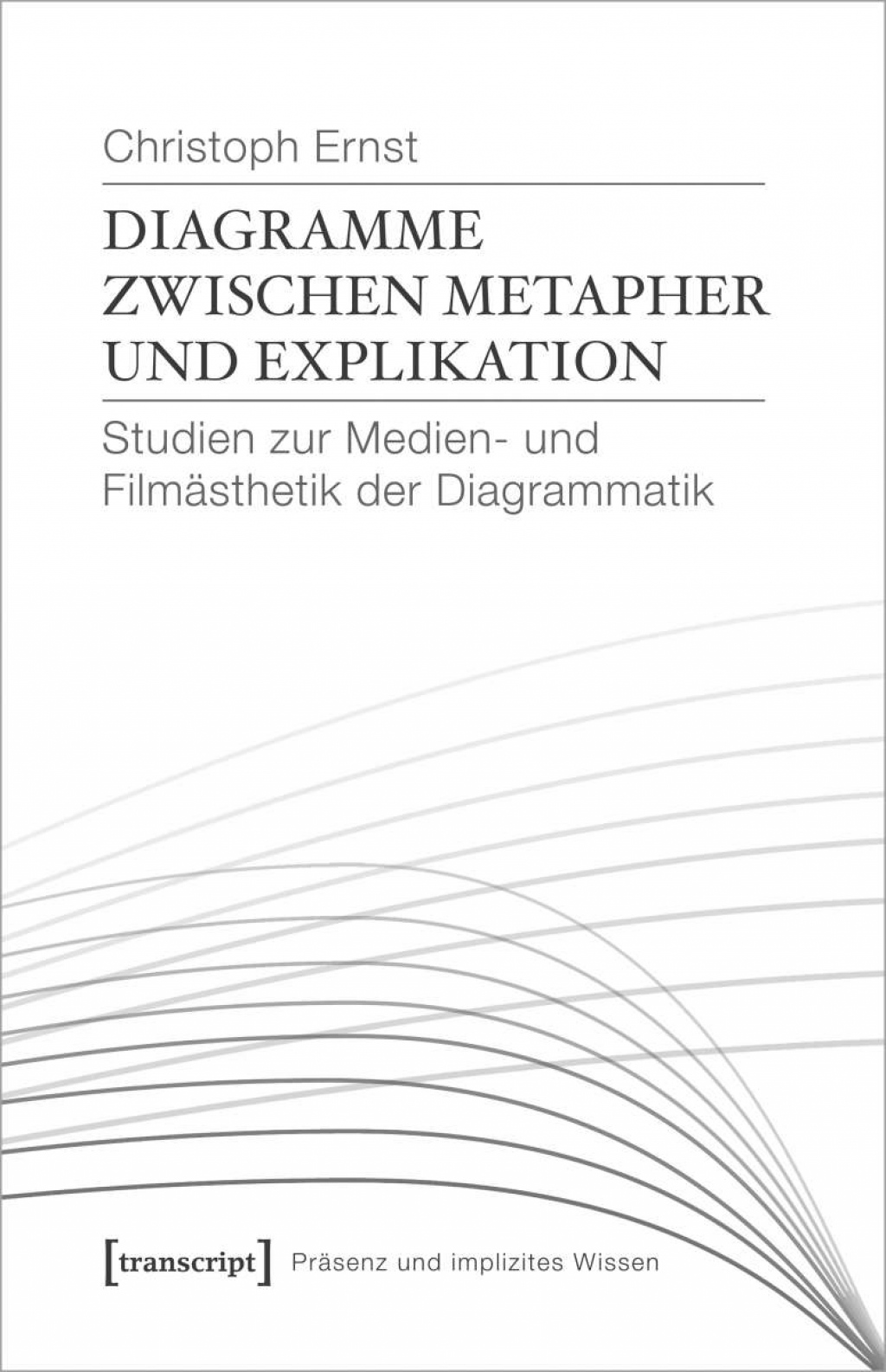
Habilitationsschrift von PD Dr. Ernst erschienen!
Die Habilitationsschrift von PD Dr. Christoph Ernst ist erschienen! Hier geht es zum Verlag!
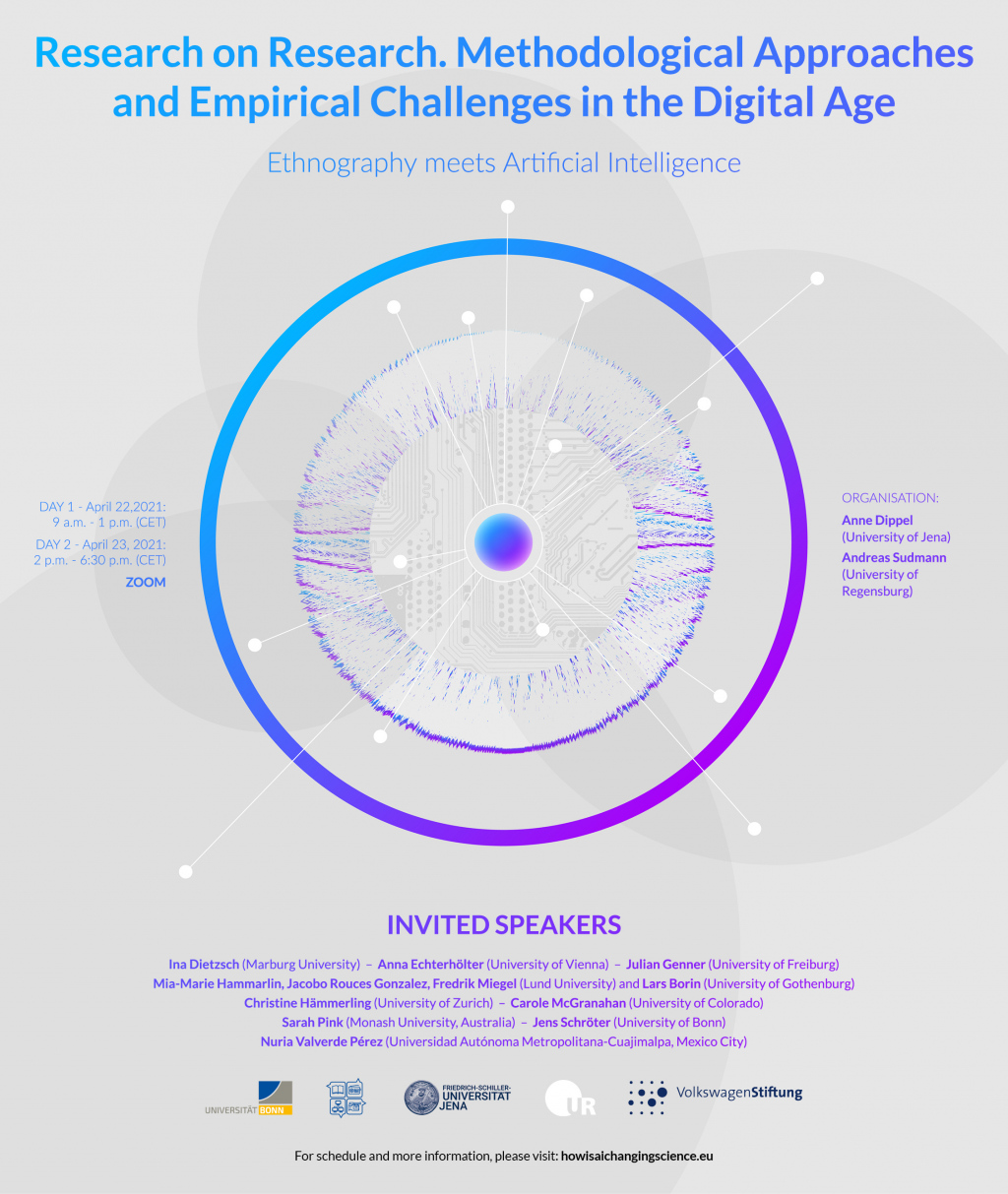
RESEARCH ON RESEARCH
Methodological Approaches and Empirical Challenges in the Digital Age. Ethnography Meets Artificial Intelligence
Our project »How is Artificial Intelligence changing Science?« makes a workshop to clarify methodological problems: More information here!
